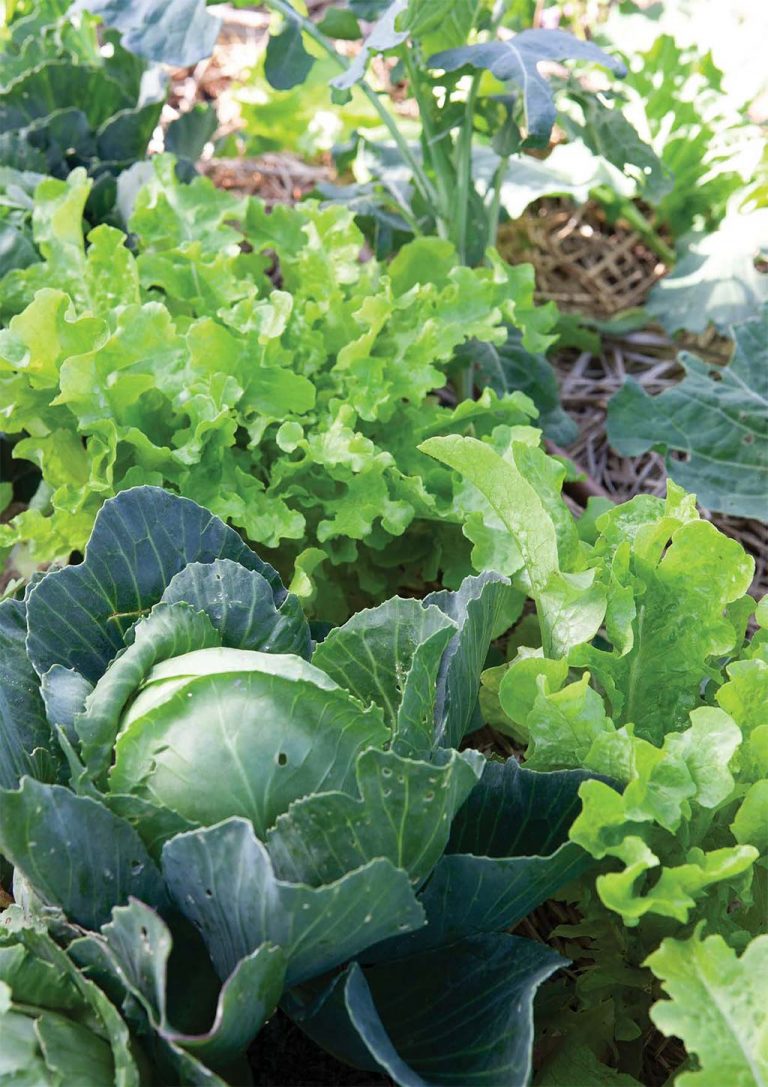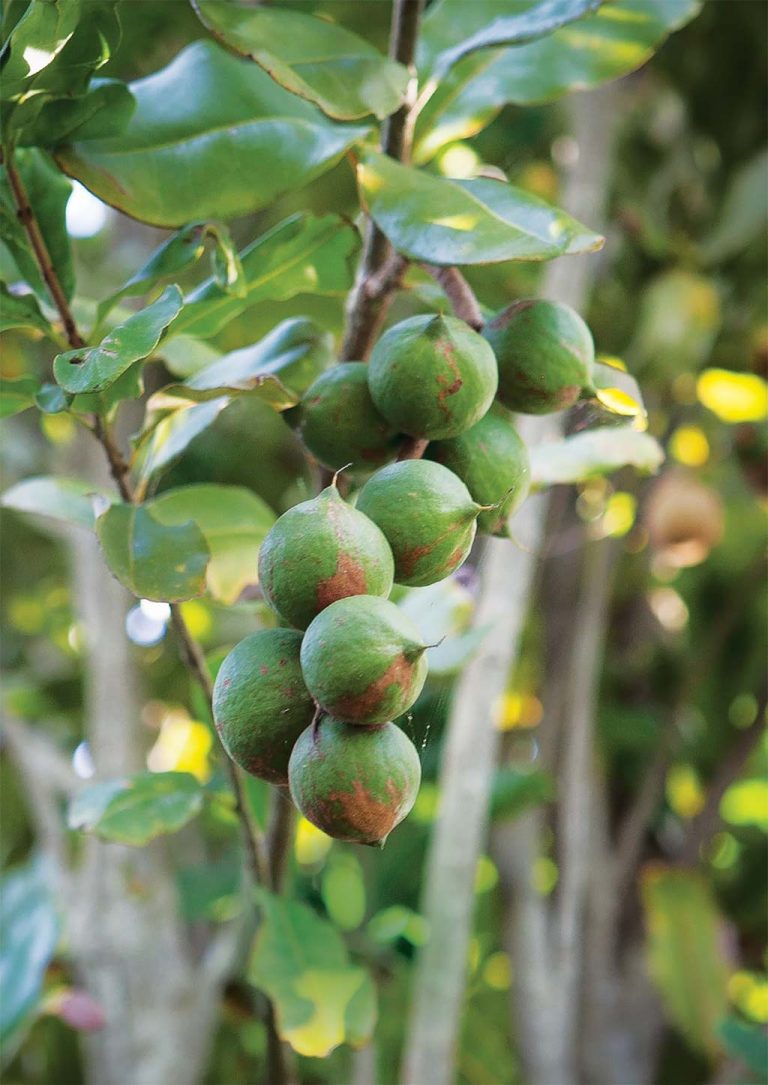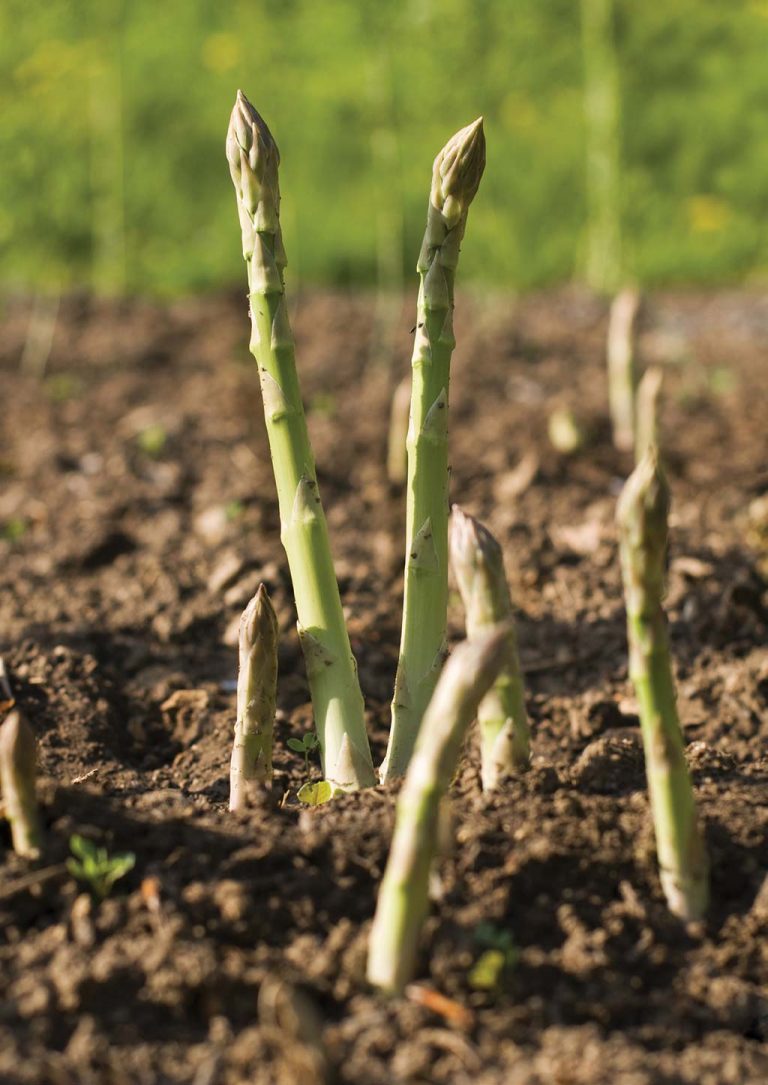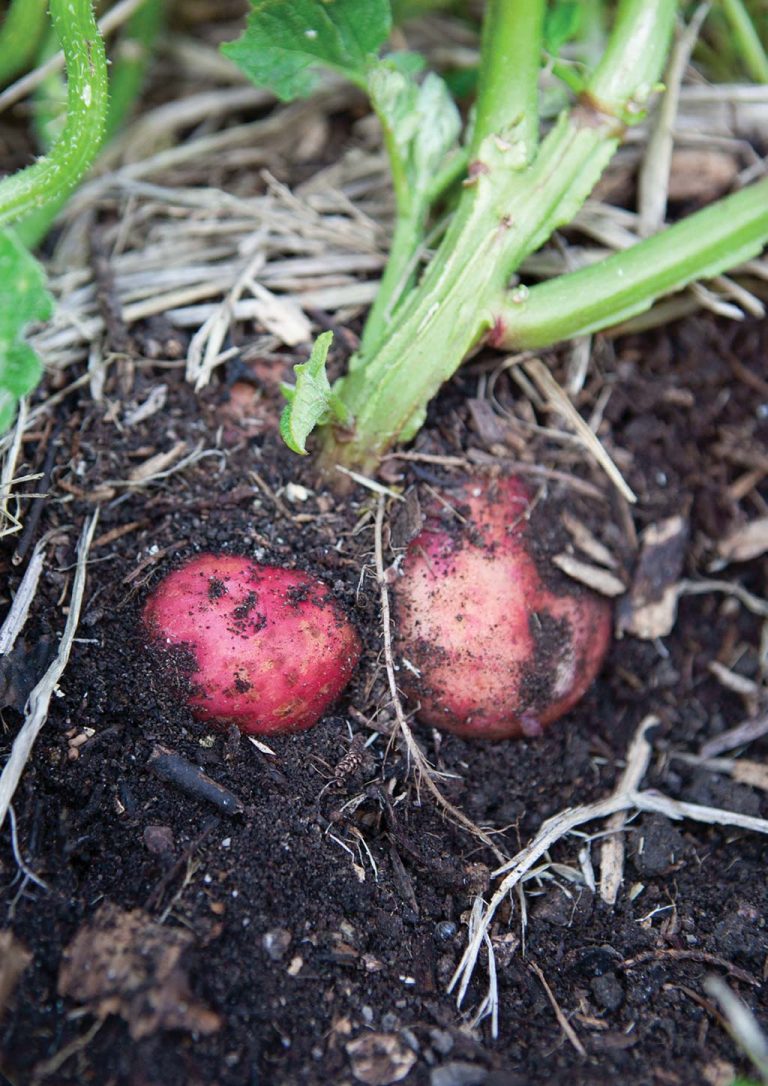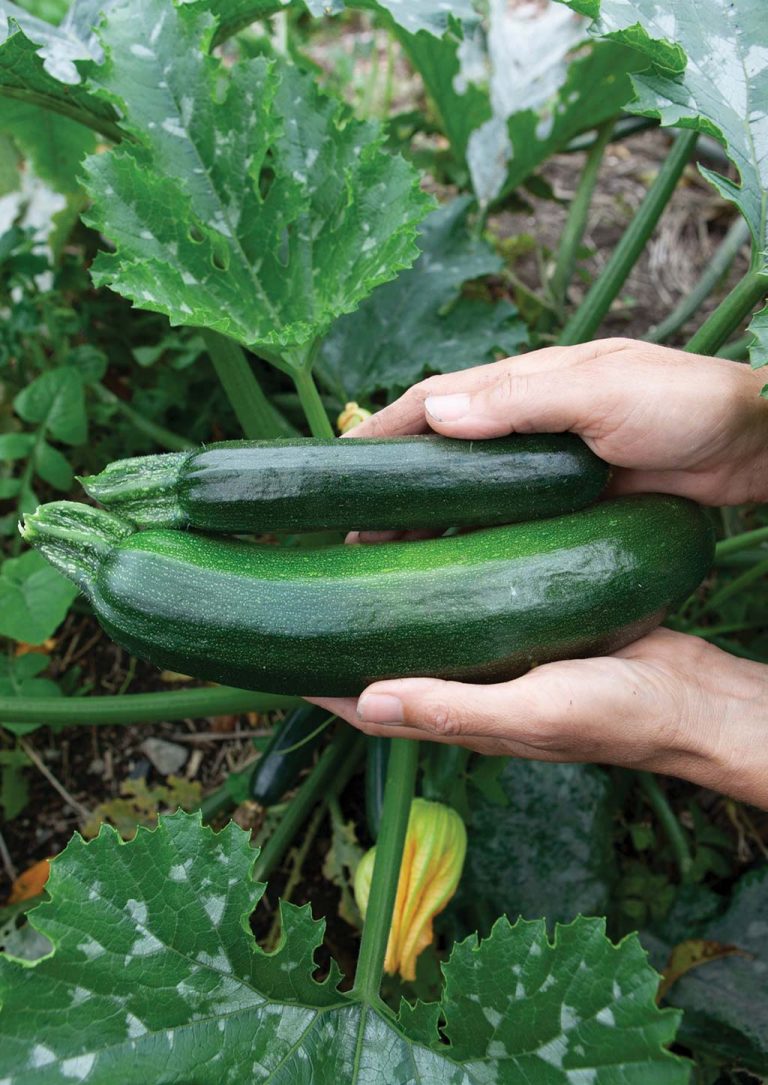Grow Your Own Blueberries
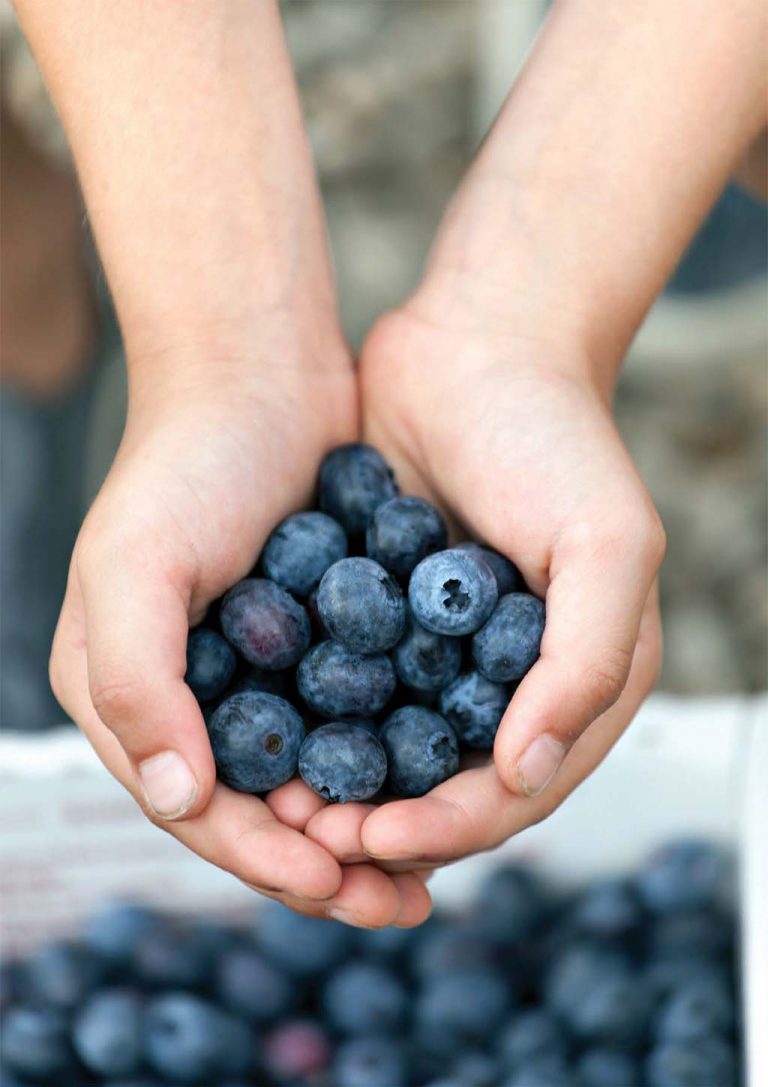
Almost everyone loves blueberries, a fruit as delicious to eat fresh as baked in muffins. This versatile little powerhouse fruit has a reputation for being super good for you, too – high in antioxidants (particularly anthocyanin, responsible for this fruit’s blue colour) and fibre, and a great source of the vitamins A, C, E, potassium and manganese.
Blueberries are a fantastic addition to the home garden, be it contained on a balcony or sprawling across acres, due to their adaptability and longevity – a happy mature blueberry bush can produce fruit for many years.
Description
Blueberries are a perennial woody bush originating from North America. They can be deciduous or semi-deciduous, with a stunning autumn display of colour; or evergreen, depending on the variety and where they are grown. Bushes range in size from around one metre through to more than two metres tall, making them great for anything from growing in pots to creating edible hedges.

